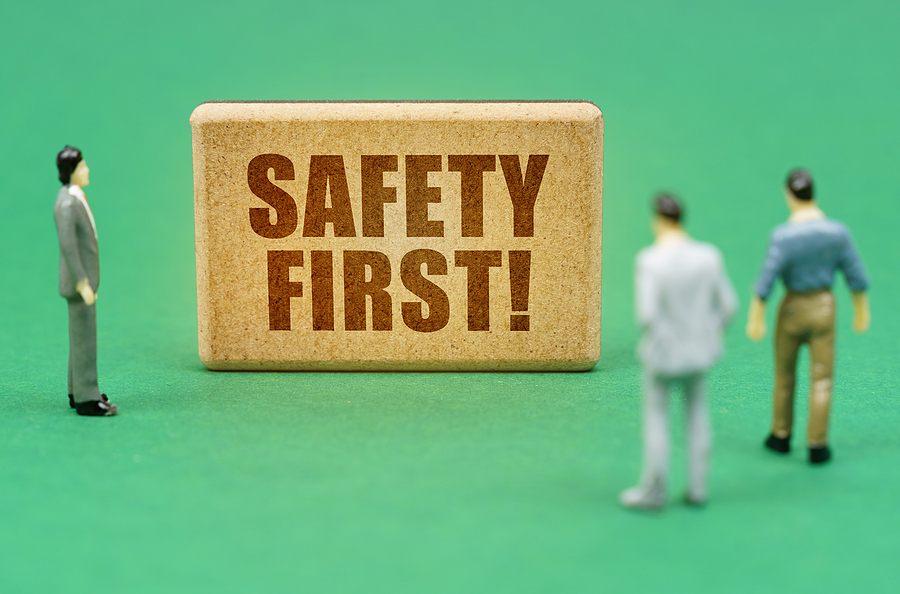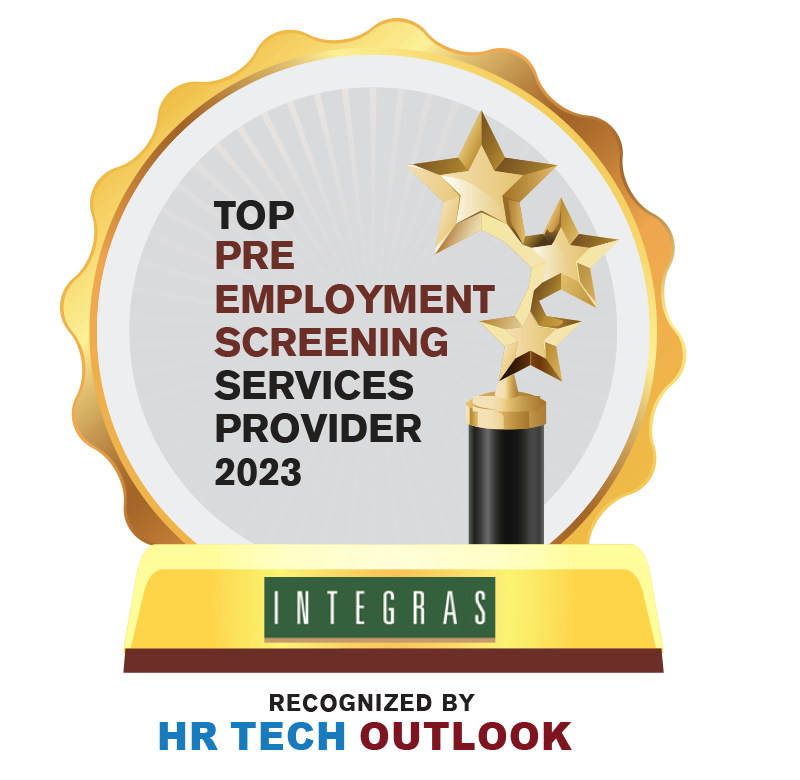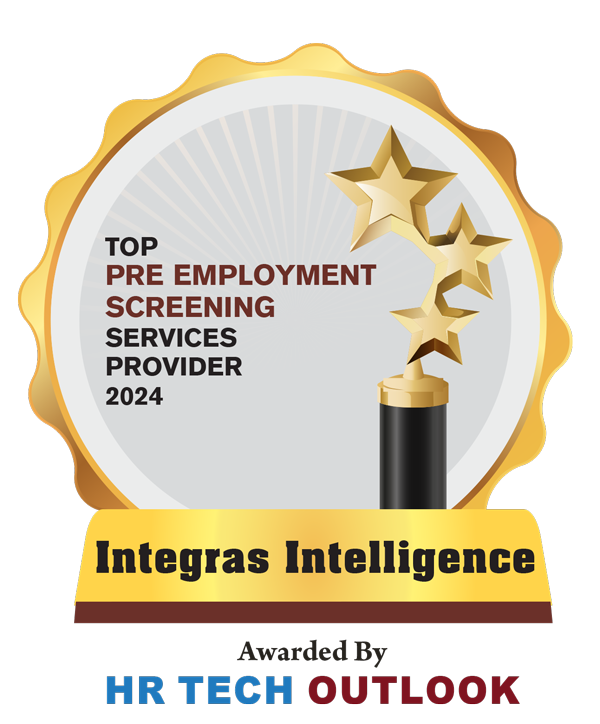
As we’re returning to the workplace and relearning the commuter game, I wonder if we’ve forgotten the most common safety concerns in focusing on not getting COVID.
We’re all aware that we should continue to try to limit contact with items that are used in a shared space (e.g., doors, elevator buttons, etc.) and to use anti-bacterial liquid/gel to protect ourselves from unwanted germs and viruses. We may not have to stand six feet apart anymore, but many of us still keep a little distance between ourselves and others.
Here’s a quick refresher on other concerns that may have been put on the back burner during the past couple of years.
Public transportation
- Stay away from the edge of the platform while waiting for a train.
- Stay in the train car with the operator or conductor.
- Move from an empty car to a more crowded one.
- Be aware of your surroundings; don’t focus exclusively on your phone.
- Watch for suspicious activity by other travelers in your vicinity.
Vehicle safety
- Lock car doors and take the vehicle key with you. More vehicles are being stolen when key fobs are left in the car.
- Store valuable items out of sight. Car break-ins are occurring with greater frequency.
- Try to park in a well-lit area.
- Report suspicious activity to the police.
Electronic security
- Be wary of phishing and other types of scams. In returning to the office, you’ll once again interact with people with whom you may not be familiar. Increasingly, bad actors are calling individuals with information about them from the internet and looking to extort them. Do not respond to these unsolicited requests. Report any suspicious calls at work to those responsible for security at your organization and/or building. A report may also be made to the authorities.
- Make sure all electronic devices have up-to-date software and security updates.
- Do not open emails from individuals you do not know, and review email addresses (and links) to determine legitimacy of these emails.
Office safety
- Do not allow anyone to piggyback on your building or office entrance or to see your access code.
- Depart with other employees, and use a well-lit exit door.
- When walking alone and at night, stay on the well-lit side of the street, and do not engage with strangers.
- Be aware of who is around you when entering your building or facility.
- Stay aware of your surroundings; don’t focus on your phone. If you suspect that you’re being followed, go to the closest convenience store or residence to ask for assistance.
- Avoid groups loitering on the street.
- Remember to lock all doors.
What more can you do? Follow these best practices:
- Program emergency phone numbers into your phone or have them readily accessible.
- Ensure that your employer and other important contacts have your current contact information.
- If available, sign up for any employer mass notification system.
- Program I.C.E. (in case of emergency phone number) into your phone.
- Familiarize yourself with the following for buildings that you regularly visit:
- Evacuation routes and exits
- Fire extinguishers and alarms
- Nearby shelters
- Be sure you are safe before you attempt to assist others.
The bottom line is that, although many other concerns have competed for our attention in recent years, we must not forget to practice common safety sense.
If you would like a security assessment conducted, please reach out to Integras Intelligence at 212.871.1274.












